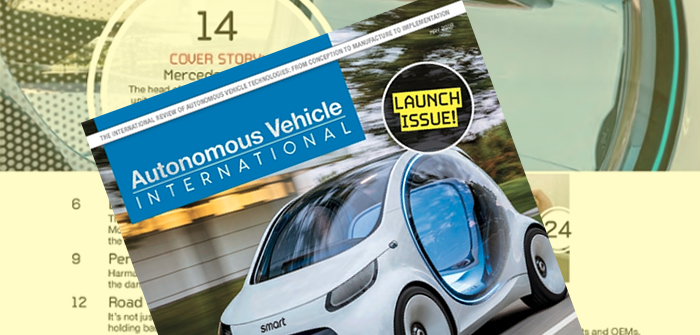A new project in the UK is studying how infrastructure-deployed sensors can deliver ‘look-ahead’ and non-line-of-sight (NLOS) perception to connected and autonomous vehicles (CAVs), effectively enabling them to see around blind corners.
The Connected On-Road Autonomous Mobility (CORAM) project will undertake a feasibility study as part of a CCAV3 funding competition sponsored by Innovate UK and the Centre for Connected and Autonomous Vehicles (CCAV). CORAM will leverage connectivity to deliver NLOS and look-ahead perception using low-latency over-the-air messaging to autonomous vehicles.
CORAM lead Propelmee is an autonomous vehicle technology company that is developing an operating system to enable full autonomy for self-driving cars. CORAM brings together the CAV expertise, testing facilities and other CAV assets of two partners the Transport Systems Catapult and Cranfield University.
Research by the CORAM consortium will culminate in a technology demonstration at Cranfield University’s Multi-User Environment for Autonomous Vehicle Innovation (MUEAVI) research facility utilising the Transport System Catapult’s autonomous pods. Propelmee will develop the core capability of converting the infrastructure perception sensor inputs into meaningful scene understanding.
The partners will develop and research methods for achieving these technology goals, while assessing the latency and bandwidth constraints of chosen communication protocols. The partners hope the research outcomes will support the creation of new message structures and communication protocols for CAVs and new use case concepts for connected on-road autonomy, and will pave the way for shared vehicle understanding that goes beyond current V2V and vehicle-to-location systems for coordinated autonomous driving.


